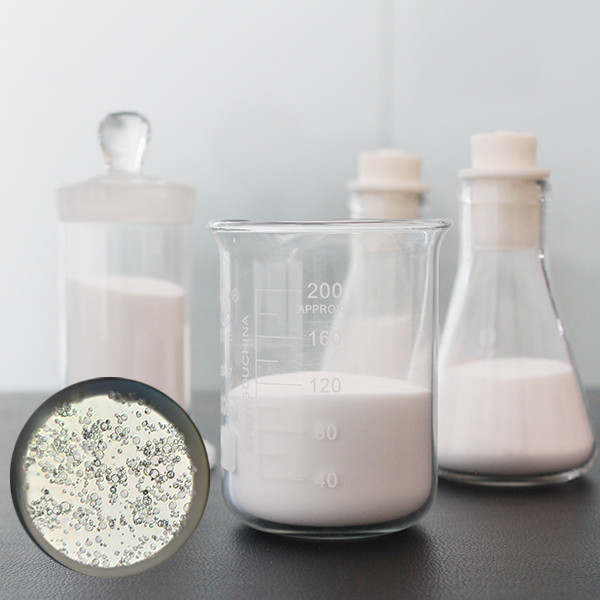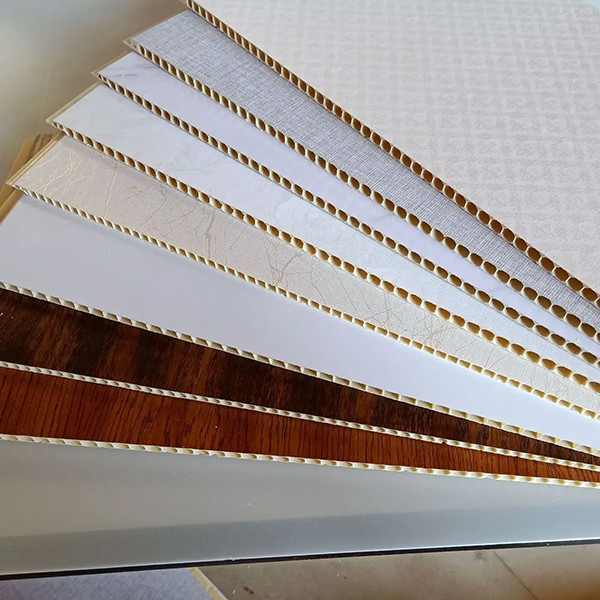N40 Glass Microspheres for Industrial Applications
Product Specifications
| Product Name |
N40 glass microspheres |
| Application |
Construction |
| Diameter |
10-75 µm |
| Density |
0.15-1.0 g/cm³ |
| Compressive Strength |
100-8000 psi |
| Chemical Composition |
SiO2, Na2O, CaO, MgO, Al2O3 |
| Color |
White or transparent |
Hollow Glass Microspheres Overview
Hollow glass microspheres (HGMs), also known as glass microballoons or glass bubbles, are small, hollow spheres made of glass with diameters ranging from 1 to 100 microns. These microspheres are created through a specialized process where a blowing agent is added to a glass mixture and heated until expansion forms hollow spheres.

Primary Applications
- Fillers: Used in composites, plastics, and coatings to reduce weight while improving strength
- Insulation: Enhances thermal and acoustic properties in insulation boards, paints, and coatings
- Adhesives & Sealants: Improves mechanical properties and reduces shrinkage in bonding applications
Technical Specifications (HN40 Model)
| Model |
True Density (g/cm³) |
Compressive Strength (Mpa/psi) |
Diameter (µm) |
| HN40 |
0.38-0.42 |
28/4000 |
20 | 40 | 75 |
Key Advantages
Lightweight
Easy Disperse
Heat Insulation
Noise Cancellation
FlameProof
Why Choose Our Hollow Glass Bubbles?
- Specialized in manufacturing Hollow Glass Bubbles for over 20 years
- Ranked among the largest HGB manufacturers globally
- Guaranteed product quality with verifiable density, radius, and compressive strength
- Consistent product performance and reliability as our top priority
Frequently Asked Questions
What packaging options are available for Hainuo HGBs?
We offer standard packaging in cartons and ton bags, with dimensions varying by model and density. Customers can discuss custom packaging requirements with our team.
What is Hainuo Technology's background and achievements?
Founded in 2011 with research backing from government institutions, Hainuo Technology has achieved significant breakthroughs in glass bubble technology. We've earned national recognition including "High-Tech Enterprise" status and have supplied products for major national projects with CNPC and CNOOC.
What safety precautions should be taken when handling HGBs?
Unpackage in well-ventilated areas with minimal vibration to reduce dust. Those with dust allergies should wear protective eyewear and gloves. Keep packages sealed when not in use.
What are the benefits of using hollow glass bubbles?
HGBs enhance thermal insulation, fluidity, stiffness, strength endurance, and chemical resistance while reducing product weight.
What industries commonly use hollow glass bubbles?
Aerospace, rubber, plastic, marine, and construction industries utilize HGBs as lightweight fillers to improve performance and reduce costs.
What is the density and size range of Hainuo HGBs?
Density ranges from 0.11-0.606 g/cm³ with sizes from 10µm to 115µm, varying by application requirements.
Are hollow glass bubbles environmentally friendly?
Yes, made from natural sand, HGBs are recyclable and environmentally safe. Hainuo maintains eco-friendly production standards throughout our processes.
Can HGBs be used in 3D printing?
Yes, they can be added to 3D printing materials to reduce weight, improve strength, and minimize warping.
Can HGBs be used in concrete applications?
Yes, they serve as lightweight aggregates in concrete, improving thermal insulation, fire resistance, workability, and durability.
What is Hainuo's production capacity?
Current annual capacity is 15,000 tonnes, expanding to 35,000 tonnes by 2026 with our second production line.
How should hollow glass bubbles be stored?
Store in dry, cool areas away from direct sunlight and moisture. Keep packages tightly sealed to prevent particle emission.

 Your message must be between 20-3,000 characters!
Your message must be between 20-3,000 characters! Please check your E-mail!
Please check your E-mail!  Your message must be between 20-3,000 characters!
Your message must be between 20-3,000 characters! Please check your E-mail!
Please check your E-mail! 


